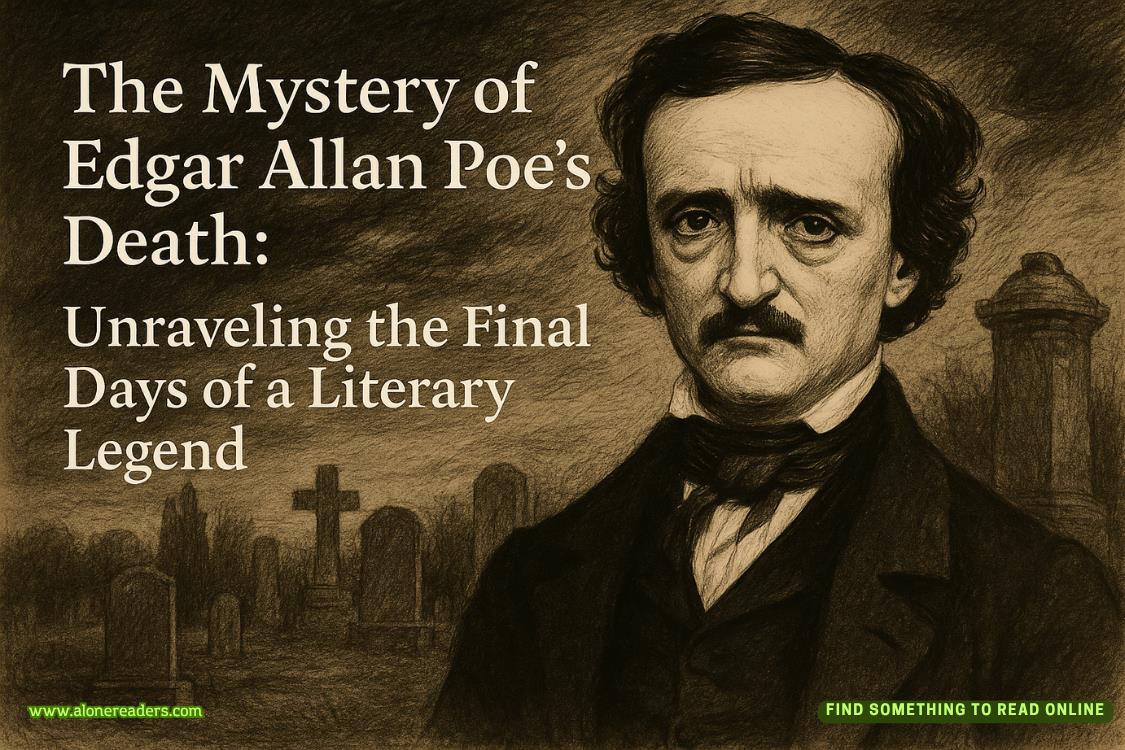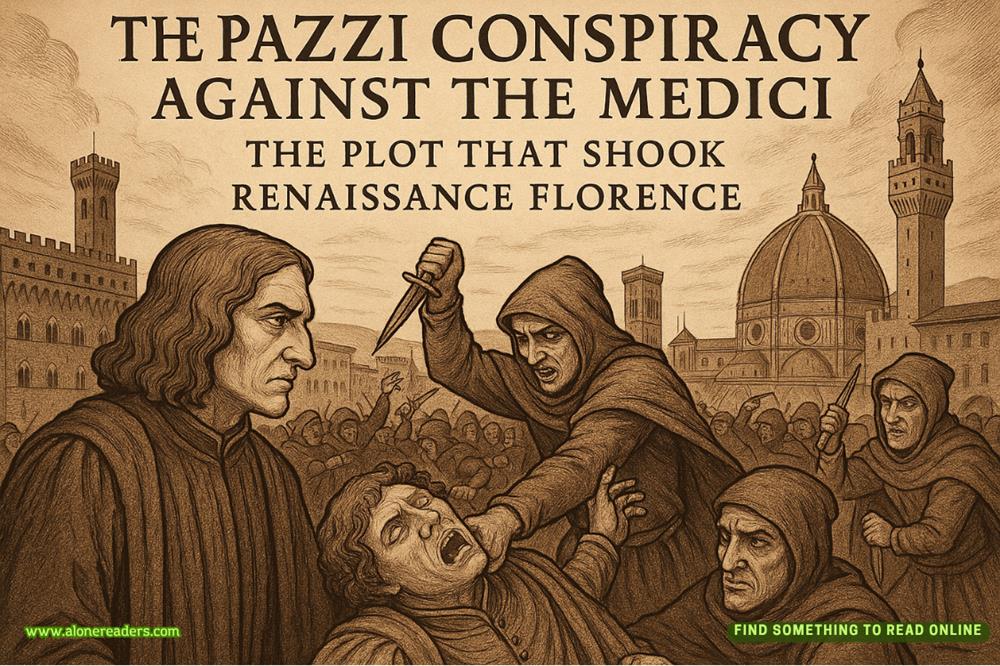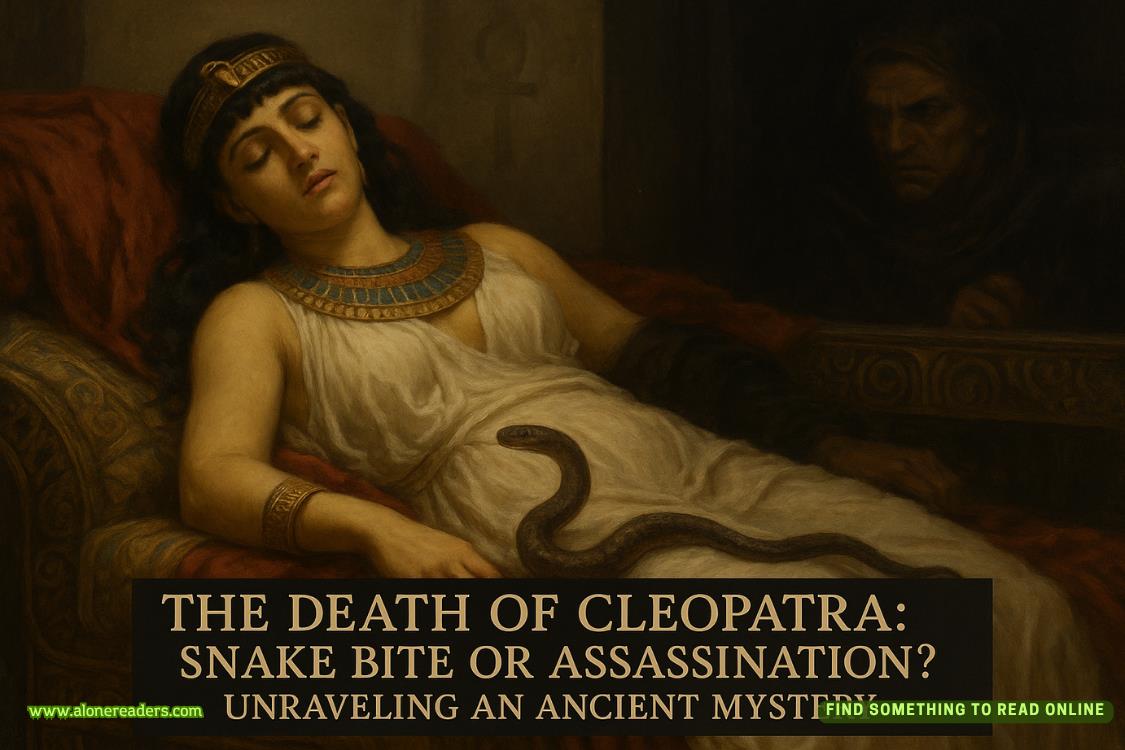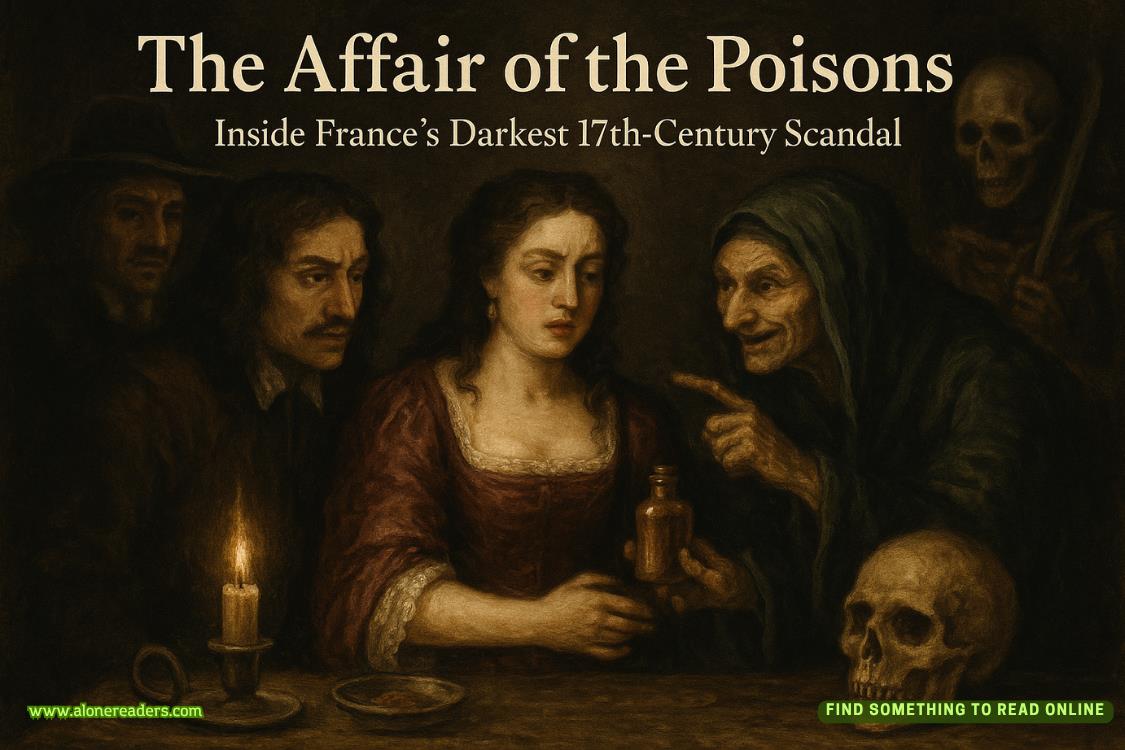Worst of all was the death of Tom Builder. A man at the height of his skill, and a master of every aspect of his craft, Tom had been expected to continue to manage the building of the cathedral until it was finished. He was also Philip’s closest friend outside the cloisters. They had talked at least once a day, and struggled together to find solutions to the endless variety of problems that confronted them in their vast project. Tom had had a rare combination of wisdom and humility that made him a joy to work with. It seemed impossible that he was gone.
Philip felt that he did not understand anything anymore, he had no real power, and he was not competent to be in charge of a cow shed, much less a town the size of Kingsbridge. He had always believed that if he did his honest best and trusted in God, everything would turn out well in the end. The burning of Kingsbridge seemed to have proved him wrong. He lost all motivation, and sat in his house at the priory all day long, watching the candle burn down on the little altar, thinking disconnected, desolate thoughts, doing nothing.
It was young Jack who saw what had to be done. He got the dead bodies taken to the crypt, put the wounded in the monks’ dormitory, and organized emergency feeding for the living in the meadow on the other side of the river. The weather was warm, and everyone slept in the open air. The day after the massacre, Jack organized the dazed townspeople into teams of laborers and got them to clear the ashes and debris from the priory close, while Cuthbert Whitehead and Milius Bursar ordered supplies of food from surrounding farms. On the second day they buried their dead in one hundred and ninety-three new graves on the north side of the priory close.
Philip simply issued the orders that Jack proposed. Jack pointed out that most of the citizens who had survived the fire had lost very little of material value—just a hovel and a few sticks of furniture, in most cases. The crops were still in the fields, the livestock were in the pastures, and people’s savings were still where they had been buried, usually beneath the hearth of their homes, untouched by the above-ground blaze that had swept the town. The merchants whose stocks had burned were the greatest sufferers: some were ruined, as Aliena was; others had some of their wealth in buried silver, and would be able to start again. Jack proposed rebuilding the town immediately.
At Jack’s suggestion, Philip gave extraordinary permission for timber to be cut freely in the priory’s forests for the purpose of rebuilding houses, but only for one week. In consequence Kingsbridge was deserted for seven days while every family selected and felled the trees they would use for their new homes. During that week, Jack asked Philip to draw a plan of the new town. The idea caught Philip’s imagination and he came out of his depression.
He worked on his plan nonstop for four days. There would be large houses all around the priory walls, for the wealthy craftsmen and shopkeepers. He recalled the grid pattern of Winchester’s streets, and planned the new Kingsbridge on the same convenient basis. Straight streets, broad enough for two carts to pass, would run down to the river, with narrower cross streets. He made the standard building plot twenty-four feet wide, which was an ample frontage for a town house. Each plot would be a hundred and twenty feet deep, to make room for a decent backyard with a privy, a vegetable garden, and a stable, cow shed or pigsty. The bridge had burned down and the new one would be built in a more convenient position, at the bottom end of the new main street. The main road through the town would now go from the bridge straight up the hill, past the cathedral and out the far side, as in Lincoln. Another wide street would run from the priory gate to a new quay at the riverside, downstream from the bridge and around the bend in the river. That way, bulk supplies could reach the priory without using the main shopping street. There would be a completely new district of small houses around the new quay: the poor would be downstream of the priory, and their dirty habits would not foul the supply of fresh water to the monastery.
Planning the rebuilding brought Philip out of his helpless trance, but every time he looked up from his drawings he was swept by rage and grief for the people who had been lost. He wondered whether William Hamleigh was in fact the devil incarnate: he caused more misery than seemed humanly possible. Philip saw the same alternation of hope and bereavement on the faces of the townspeople as they arrived back from the forest with their loads of timber. Jack and the other monks had laid out the plan of the new town on the ground with stakes and string, and as the people chose their plots, every now and again someone would say gloomily: “But what’s the point? It might be burned again next year.” If there had been some hope of justice, some expectation that the evildoers might be punished, perhaps the people would not have been so inconsolable; but although Philip had written to Stephen, Maud, Bishop Henry, the archbishop of Canterbury, and the pope, he knew that in wartime there was little chance that a man as powerful and important as William would be brought to trial.
The larger building plots in Philip’s scheme were much in demand, despite higher rents, so he altered his plan to allow for more of them. Almost nobody wanted to build in the poorer quarter, but Philip decided to leave the layout as it was, for future use. Ten days after the fire, new wooden houses were going up on most plots, and another week later most of them were finished. Once the people had built their houses, work started again on the cathedral. The builders got paid and wanted to spend their money; so the shops reopened, and the smallholders brought their eggs and onions into town; and the scullery maids and laundresses recommenced work for the shopkeepers and craftsmen; and so, day by day, material life in Kingsbridge returned to normal.
But there were so many dead that it seemed like a town of ghosts. Every family had lost at least one member: a child, a mother, a husband, a sister. The people wore no badges of mourning but the lines of their faces showed grief as starkly as bare trees show winter. One of the worst hit was six-year-old Jonathan. He moped about the priory close like a lost soul, and eventually Philip realized he was missing Tom, who had, it seemed, spent more time with the boy than anyone had noticed. Once Philip understood this, he took care to set aside an hour each day for Jonathan, to tell him stories, play counting games, and listen to his voluble chatter.
Philip wrote to the abbots of all the major Benedictine monasteries in England and France, asking them if they could recommend a master builder to replace Tom. A prior in Philip’s position would normally consult his bishop about this, for bishops traveled widely and were likely to hear of good builders, but Bishop Waleran would not help Philip. The fact that the two of them were permanently at odds made Philip’s job lonelier than it should have been.
While Philip waited for replies from the abbots, the craftsmen looked instinctively to Alfred for leadership. Alfred was Tom’s son, he was a master mason, and he had for some time been operating his own semi-autonomous team on the site. He did not have Tom’s brain, unfortunately, but he was literate and authoritative, and he slipped gradually into the gap left by the death of his father.
There seemed to be a lot more problems and queries about the building than there had been in Tom’s time, and Alfred always seemed to come up with a question when Jack was nowhere to be found. No doubt that was natural: everyone in Kingsbridge knew the stepbrothers hated one another. However, the upshot was that Philip found himself once again bothered by endless questions of detail.
But as the weeks went by Alfred gained in confidence, until one day he came to Philip and said: “Wouldn’t you rather have the cathedral vaulted?”
Tom’s design called for a wooden ceiling over the center of the church, and vaulted stone ceilings over the narrower side aisles. “Yes, I would,” Philip said. “But we decided on a wooden ceiling to save money.”
Alfred nodded. “The trouble is, a wooden ceiling can burn. A stone vault is fireproof.”
Philip studied him for a moment, wondering whether he had underestimated Alfred. Philip would not have expected Alfred to propose a variation on his father’s design: that was more the kind of thing Jack would do. But the idea of a fireproof church was very striking, especially since the whole town had burned down.
Thinking along the same lines, Alfred said: “The only building left standing in the town after the fire was the new parish church.”
And the new parish church—built by Alfred—had a stone vault, Philip thought. But a snag occurred to him. “Would the existing walls take the extra weight of a stone roof?”
“We’d have to reinforce the buttresses. They’d stick out a bit more, that’s all.”
He had really thought this out, Philip realized. “What about the cost?”
“It will cost more in the long run, of course, and the whole church will take three or four extra years to complete. But it won’t make any difference to your annual outlay.”
Philip liked the idea more and more. “But will it mean we have to wait another year before we can use the chancel for services?”
“No. Stone or wood, we can’t start on the ceiling until next spring, because the clerestory must harden before we put any weight on it. The wood ceiling is quicker to build, by a few months; but either way, the chancel will be roofed by the end of next year.”
Philip considered. It was a matter of balancing the advantage of a fireproof roof against the disadvantage of another four years of building—and another four years of cost. The extra cost seemed a long way in the future, and the gain in safety was immediate. “I think I’ll discuss it with the brothers in chapter,” he said. “But it sounds like a good idea to me.”
Alfred thanked him and went out, and after he had gone Philip sat staring at the door, wondering whether he really needed to search for a new master builder after all.
Kingsbridge made a brave show on Lammas Day. In the morning, every household in the town made a loaf—the harvest was just in, so flour was cheap and plentiful. Those who did not have an oven of their own baked their loaf at a neighbor’s house, or in the vast ovens belonging to the priory and the town’s two bakers, Peggy Baxter and Jack-atte-Noven. By midday the air was full of the smell of new bread, making everyone hungry. The loaves were displayed on tables set up in the meadow across the river, and everyone walked around admiring them. No two were alike. Many had fruit or spices inside: there was plum bread, raisin bread, ginger bread, sugar bread, onion bread, garlic bread, and many more. Others were colored green with parsley, yellow with egg yolk, red with sandalwood or purple with turnsole. There were lots of odd shapes: triangles, cones, balls, stars, ovals, pyramids, flutes, rolls, and even figures of eight. Others were even more ambitious: there were loaves in the shapes of rabbits, bears, monkeys and dragons. There were houses and castles of bread. But the most magnificent, by general agreement, was the loaf made by Ellen and Martha, which was a representation of the cathedral as it would look when finished, based on the design by her late husband, Tom.
Ellen’s grief had been terrible to see. She had wailed like a soul in torment, night after night, and no one had been able to comfort her. Even now, two months later, she was haggard and hollow-eyed; but she and Martha seemed able to help one another, and making the bread cathedral had given them some kind of consolation.
Aliena spent a long time staring at Ellen’s construction. She wished there was something she could do to find comfort. She had no enthusiasm for anything. When the tasting began, she went from table to table listlessly, not eating. She had not even wanted to build a house for herself, until Prior Philip told her to snap out of it, and Alfred brought her the wood and assigned some of his men to help her. She was still eating at the monastery every day, when she remembered to eat at all. She had no energy. If it occurred to her to do something for herself—make a kitchen bench from leftover timber, or finish the walls of her house by filling in the chinks with mud from the river, or make a snare to catch birds so that she could feed herself—she would remember how hard she had worked to build up her trade as a wool merchant, and how quickly it had all gone to ruin, and she would lose her enthusiasm. So she went on from day to day, getting up late, going to the monastery for dinner if she felt hungry, spending the day watching the river flow by, and going to sleep in the straw on the floor of her new house when darkness fell.
Despite her lassitude, she knew that this Lammas Day festival was no more than a pretense. The town had been rebuilt, and people were going about their business as before, but the massacre threw a long shadow, and she could sense, beneath the facade of well-being, a deep undercurrent of fear. Most people were better than Aliena at acting as if all was well, but in truth they all felt as she did, that this could not last, and whatever they built now would be destroyed again.
While she stood looking vacantly at the piles of bread, her brother, Richard, arrived. He came across the bridge from the deserted town, leading his horse. He had been away, fighting for Stephen, since before the massacre, and he was astonished by what he found. “What the devil happened here?” he said to her. “I can’t find our house—the whole town has changed!”















